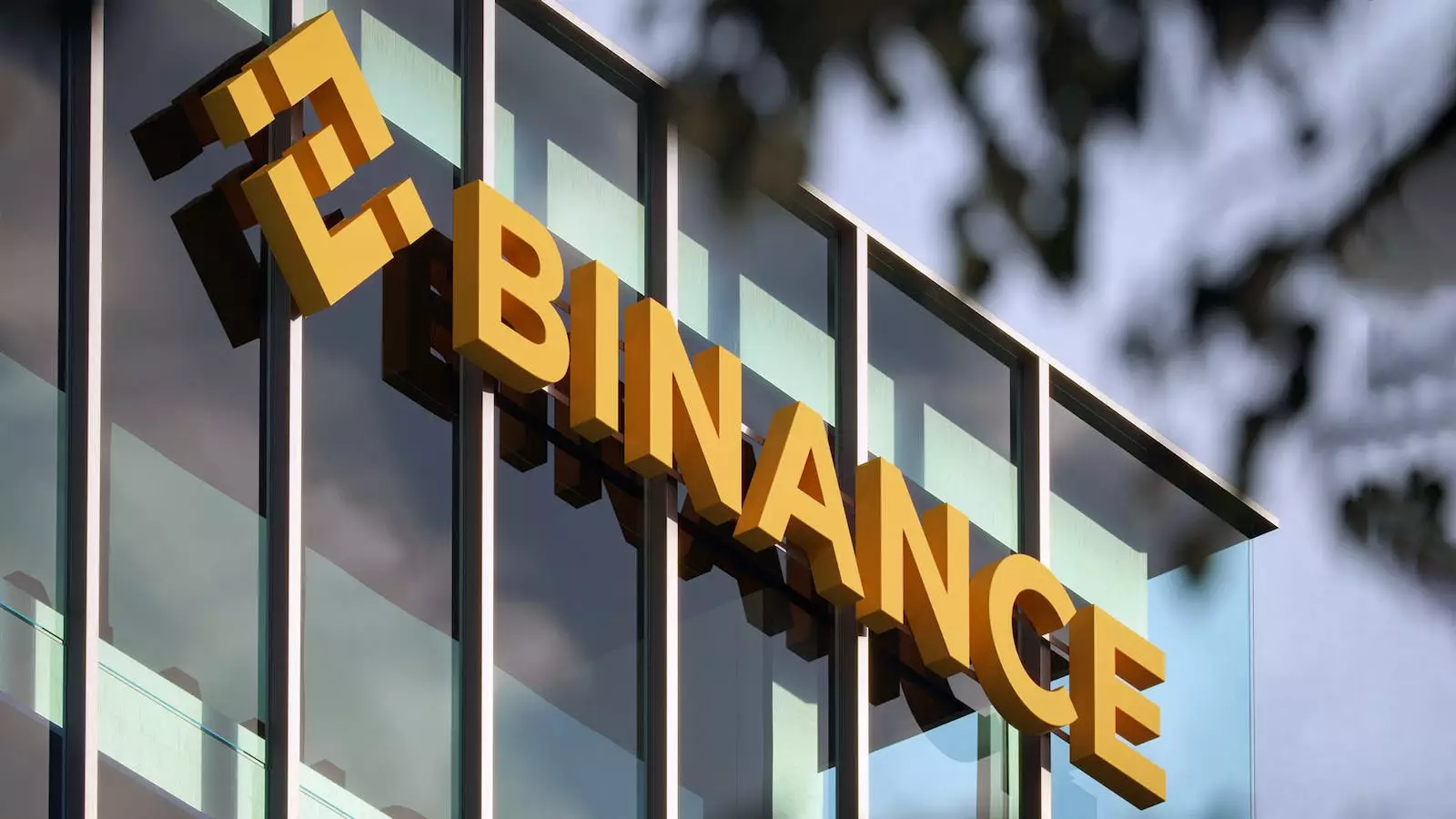Binance, one of the largest cryptocurrency exchanges, recently made an announcement that it will halt 39 liquidity mining pools this week. This decision comes after a thorough assessment of the platform’s liquidity mining performance. It is aimed at optimizing trading experience, prices, and slippage for users. In this article, we will delve deeper into the details of this decision and explore its potential impact on the cryptocurrency market.
Following the most recent review, Binance has identified 39 liquidity pools that are expected to stop operating on September 1, 2023. Some of the notable pairs included in this list are ADA/BNB, CHZ/BTC, DOT/BUSD, SUSHI/BNB, WBTC/ETH, and XMR/USDT. Users will no longer be able to add liquidity to these pools, but the existing liquidity will remain accessible to ensure a seamless trading experience for users.
Although liquidity additions will be halted, users will still be able to redeem and withdraw their assets from the affected pairs. Binance Spot allows users to manage their assets until the closing date of September 1, 2023. User deposits in the liquidity pool will be calculated based on the current composition of the pool and automatically converted to the user’s Spot wallet.
Despite the removal of these liquidity pools, users can still engage in trading activities on Binance Spot. The closure of these pools will not hinder trading with other respective pairs on the platform. Binance assures its users that they will have access to a wide range of liquidity pools that are unaffected by this decision.
In addition to the halting of liquidity pools, Binance is currently grappling with regulatory challenges that have impacted its operations. One significant setback is the severed ties with Visa and Mastercard, following regulatory actions from the US Securities and Exchange Commission (SEC). The allegations against Binance include operating as an unregistered entity and providing misleading information to investors regarding potential risks.
The US Commodity Futures Trading Commission (CFTC) has also brought multiple charges against Binance for violating US laws. The CFTC accuses the exchange of willfully evading regulations. Moreover, reports suggest that the US Department of Justice is investigating Binance for potential fraudulent activities, further adding to the regulatory pressures faced by the exchange.
The halting of these liquidity mining pools, along with the regulatory challenges, can potentially impact the cryptocurrency market. Binance has been a prominent player in facilitating liquidity for various cryptocurrency pairs, and the closure of these pools may reduce the overall liquidity available. This reduction in liquidity could result in increased price volatility and potentially impact the trading experience for users.
Furthermore, the regulatory pressures faced by Binance may erode the trust and confidence that users and investors have in the exchange. This could lead to a shift in trading volumes to other platforms that are perceived as more compliant and secure. Market participants may seek alternative exchanges that offer a robust regulatory framework and transparent operations.
The halting of 39 liquidity mining pools on Binance marks another significant decision driven by the platform’s liquidity mining performance review. While it aims to optimize trading experience and ensure better price and slippage for users, it also raises concerns about the overall impact on the cryptocurrency market. Additionally, the mounting regulatory pressures faced by Binance add another layer of uncertainty and potential consequences. As the cryptocurrency landscape continues to evolve, it remains crucial for exchanges to adapt, comply with regulations, and foster trust among users and investors.


Leave a Reply